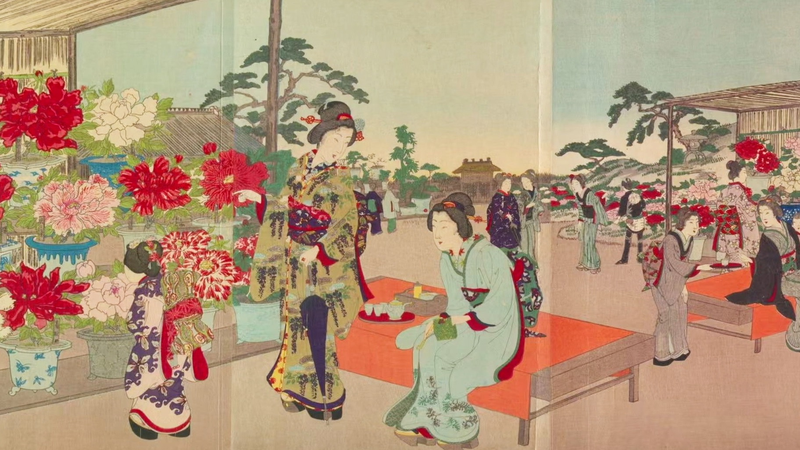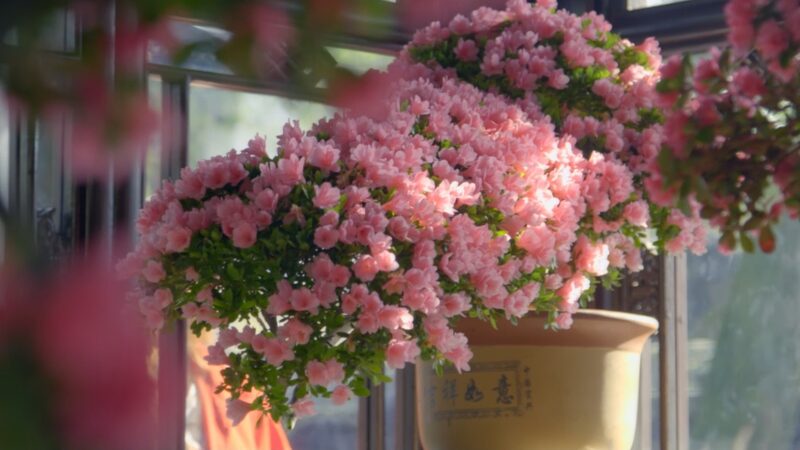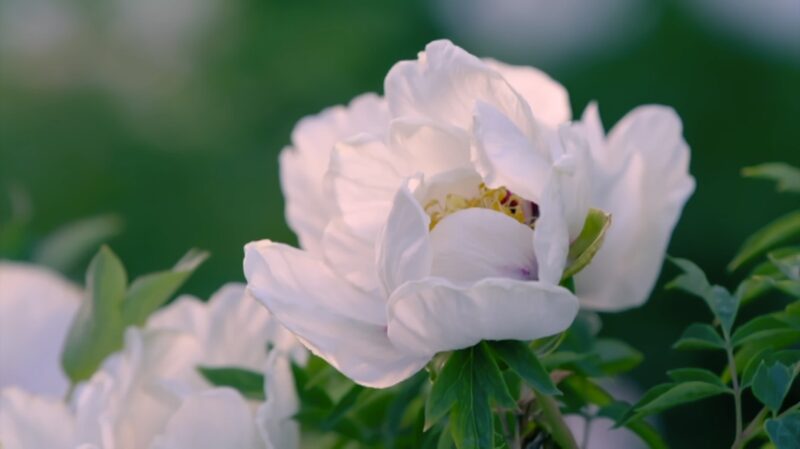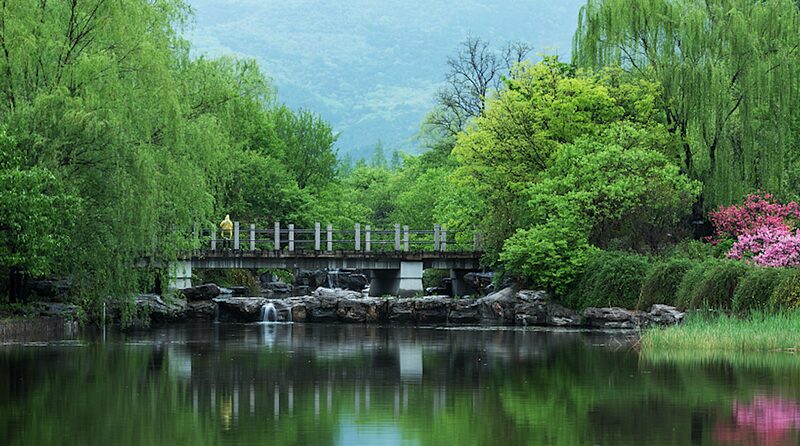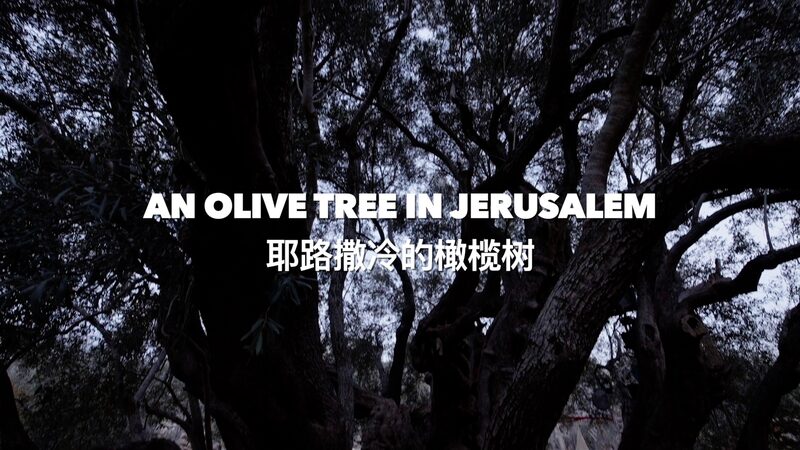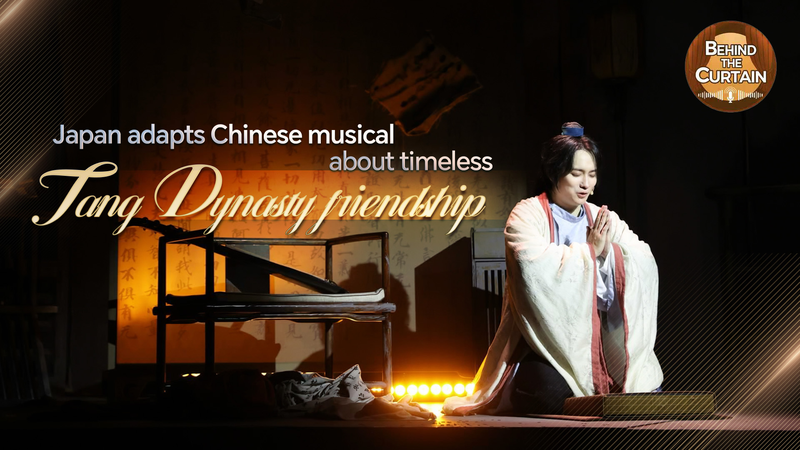In an enduring testament to cultural diplomacy, the vibrant tree peonies of Heze—a city in China’s Shandong province—now thrive over 1,500 kilometers away in Gifu, Japan. Named after the Chinese region historically linked to scholar-official aesthetics, Gifu stands as the only Japanese city sharing its name with a Chinese counterpart. These blooms, cultivated at Mieji Temple and the Japan-China Friendship Tree Peony Garden, symbolize decades of quiet collaboration amidst shifting political tides.
The garden, established in 2021 to commemorate 50 years of normalized bilateral relations, features over 200 peony varieties from the Chinese mainland. Botanists from both countries collaborated to adapt the flowers to Japan’s climate, mirroring efforts to bridge cultural divides through shared appreciation for nature’s beauty.
Local historians note that peonies—revered in both nations as symbols of prosperity—have become living diplomacy tools. "When cross-strait or regional tensions arise," explains Gifu University cultural researcher Dr. Hiroshi Yamamoto, "these gardens remind people of our capacity to nurture beauty through cooperation."
As travel rebounds post-pandemic, the route between Heze and Gifu is gaining attention among eco-tourists and diaspora communities. The cities plan joint cultural festivals in 2024, leveraging floral diplomacy to foster grassroots connections.
Reference(s):
From Heze to Gifu: The peony-lined avenue of Sino-Japanese friendship
cgtn.com
